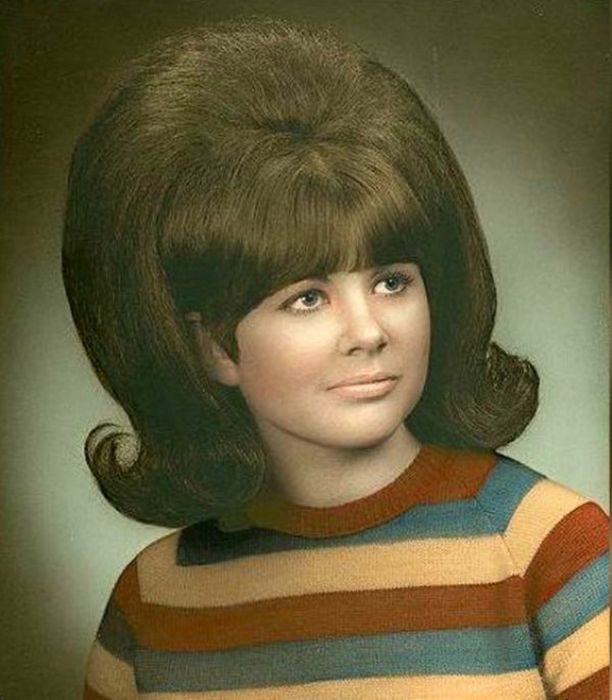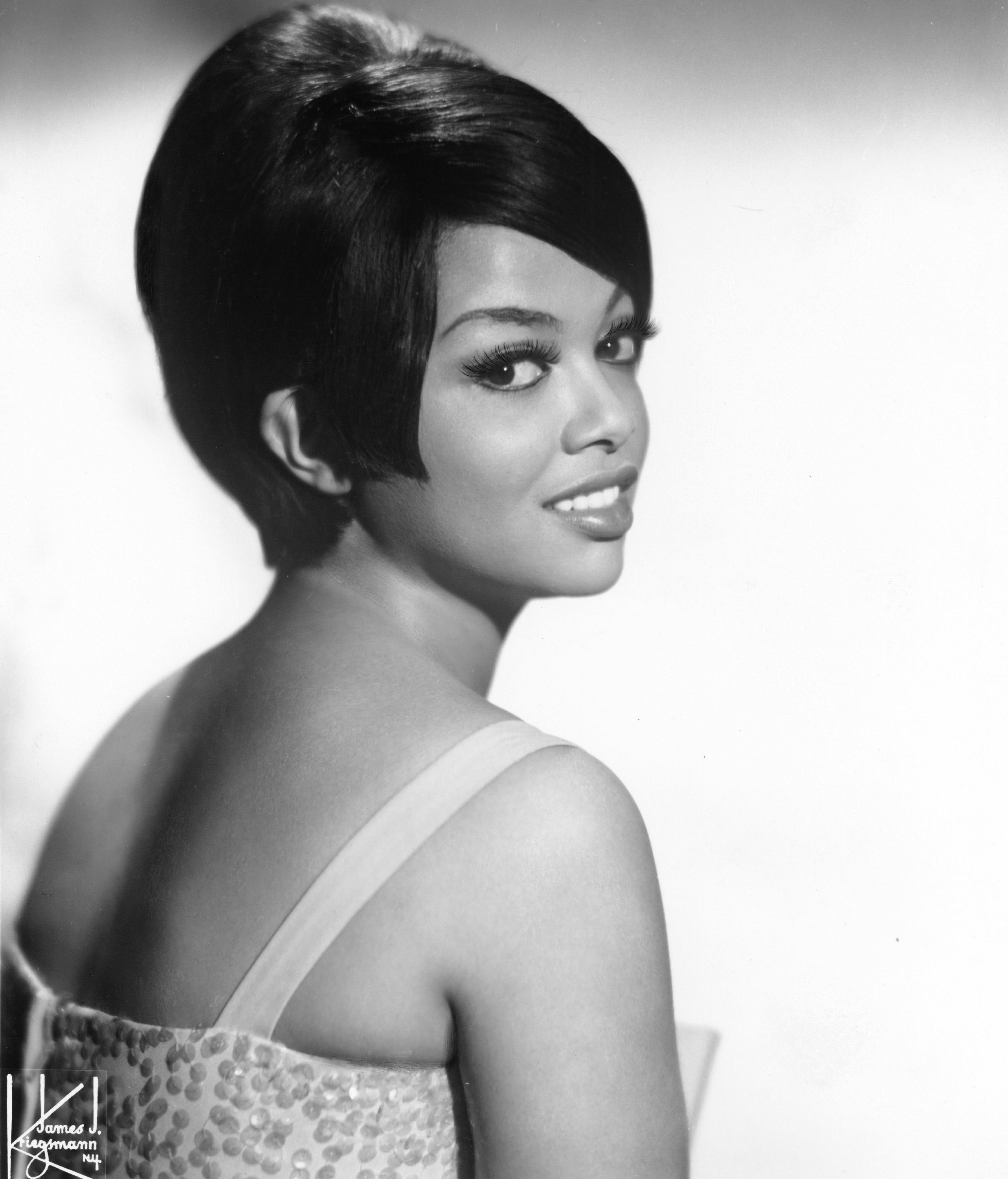Table Of Content

A major development in popular music during the mid-1960s was the movement away from singles and towards albums. In any case, after 1965 the vinyl LP had definitively taken over as the primary format for all popular music styles. Around the same time, record producer Phil Spector began producing girl groups and created a new kind of pop music production that came to be known as the Wall of Sound.
Place bobby pins on the side.
This type of French twist works best with medium to long hair on any hair texture. 60s hairstyles like this French twist work well with all face shapes, depending on how you style the front. A French twist is a great option for an upstyle because it can be personalized to you. If I am doing an updo, I fix the bouffant first, then do a double French twist (became I have thick hair, a single twist will not hold), pin in place with a hundred bobby pins, spray, and call it a day. Its actually an easy style I can do in 30 minutes or less, and it looks great.
Hispanic and Chicano movement
The Story Behind Twiggy: The Look of the '60s - L'Officiel USA
The Story Behind Twiggy: The Look of the '60s.
Posted: Tue, 19 Sep 2023 07:00:00 GMT [source]
This style emphasized higher budgets and more elaborate arrangements, and more melodramatic musical themes in place of a simple, light-hearted pop sound. Spector's innovations became integral to the growing sophistication of popular music from 1965 onward. One of the reasons the Beehive Hairdo was so popular was that it represented a departure from the more conservative hairstyles of the previous decade. It was seen as a bold and rebellious statement, particularly when paired with the fashionable mod clothing that was also in vogue at the time. Check out this fun style that’s all about sleek, pulled-back hair, thanks to hair gel. To achieve this look, apply a dime-sized amount of TRESemmé Flawless Curls Defining Gel throughout your hair before sweeping it up into a high updo.

Remove your pins.
This relaxed yet stylish look features a center part that beautifully frames your face while allowing the rest of your hair to flow freely. With its carefree and effortlessly elegant vibe, this style is ideal for both casual days and special occasions. This cropped look exudes boldness and attitude, offering a gorgeous alternative to longer styles. Achieve the fullness with hot rollers or wide-barrel irons, and make sure to lock in the look with a strong-hold hairspray for that undeniable flair.
Jane Fonda made the Hollywood Flip Bob an iconic hairstyle that defined the ’60s. This style features subtle waves that lead to sharp, upturned ends, creating a look that’s both polished and effortlessly cool. The flipped bob complements a variety of face shapes and adds a touch of retro flair to your everyday style. With older trends making their way around, the 60s have made their way into the scene and a blonde, bombshell blowout is the perfect hairstyle to rock this year.
TRESemmé Flawless Curls Defining Gel
The beehive is a famous vintage 1960s hairdo and one of the early sixties’ enduring icons. Margaret Vinci Heldt, a hairdresser from Elmhurst, Illinois, invented it in 1960. The extravagant appearance, which entailed stacking one’s hair on top of the head in a conical form and securing it with large amounts of hairspray, was named after the size and appearance of a real beehive. A beehive is one of those hairstyles that practically define the 1960s. Go for a modern approach to this style by adding face-framing pieces to your look. Thanks to some of our favorite celebs, we’ve seen this look come back in style recently.
#27: 60’s Beehive Updo for Vintage Women
Flowers in Their Hair - Washington Examiner
Flowers in Their Hair.
Posted: Tue, 13 Feb 2024 15:20:43 GMT [source]
Jackie Kennedy, the First Lady, was a paragon of elegance, widely admired for her perfectly styled bouffant hair. Many women emulated Kennedy’s regal style, often complete with a [pillbox hat. Meanwhile, Jane Fonda highlighted the versatility of hair as an accessory of change, sporting styles that ranged from side-swept bangs to daring shags, encapsulating the spirited energy of the decade. The 1960s bore witness to a revolution in women’s hairstyles, with volume and height being the ultimate trends. These styles are not just about fashion, but also about the statement you make with your hair.
Baby Bangs
Between 1955 and 1968, acts of civil disobedience and nonviolent protest produced crisis situations between activists and government authorities. Federal, state, and local governments, businesses, and communities often had to respond immediately to these situations that highlighted the inequities faced by African Americans. China saw the end of Mao's Great Leap Forward in 1962 that led to many Chinese to die from the deadliest famine in human history and the start of the Cultural Revolution from 1966 to 1976.
Girl groups and female singers, such as the Shirelles, Betty Everett, Little Eva, the Dixie Cups, the Ronettes, Martha and the Vandellas and the Supremes dominated the charts in the early 1960s. This style consisted typically of light pop themes about teenage romance and lifestyles, backed by vocal harmonies and a strong rhythm. Most girl groups were African-American, but white girl groups and singers, such as Lesley Gore, the Angels, and the Shangri-Las also emerged during this period. Socially, the Chicano Movement addressed what it perceived to be negative ethnic stereotypes of Mexicans in mass media and the American consciousness. It did so through the creation of works of literary and visual art that validated Mexican-American ethnicity and culture. Chicanos fought to end social stigmas such as the usage of the Spanish language and advocated official bilingualism in federal and state governments.
One of the areas where girls did follow the trends of adults was in accessories. Young girls could be seen wearing the same brightly colored and patterned tights that young women wore with their miniskirts. Others might wear the shiny white go-go boots that went along with the Space Age fashions. In some ways, many of the adult styles actually took after young girl’s fashion rather than the other way around. The difference between the conventional suit seen in 1963 (Fig. 20) and those designed by Cardin (Figs. 22-24) and worn by George Harrison (Fig. 21) is striking.
Although the band might now be worn across the forehead, as opposed to the top of the head. Wearers of the short and sleek Sassoon styles included fashion designer Mary Quant and actress Nancy Kwan. Here, the hair was set in large rollers to create the lift and height required, as well as allow the ends of the hair to be flicked up. To get even more bouff in their bouffant, a woman could use hairpieces on the crown, creating a towering height of hair. The hairpieces didn’t even need to match the hair colour – it was all about the height. For this style, the hair was cut in layers of petal-shaped points, each one being about two or three inches longs.
Add extra body to your short pixie with Bed Head by TIGI Manipulator Cream. Work a small amount of the cream through your hair and twist small sections of your for added texture. The popular 50s hairstyles are a total goldmine of ideas for how to style your hair today. It was an immensely dynamic era of change, and it showed in everything, including people’s hairstyles.


No comments:
Post a Comment